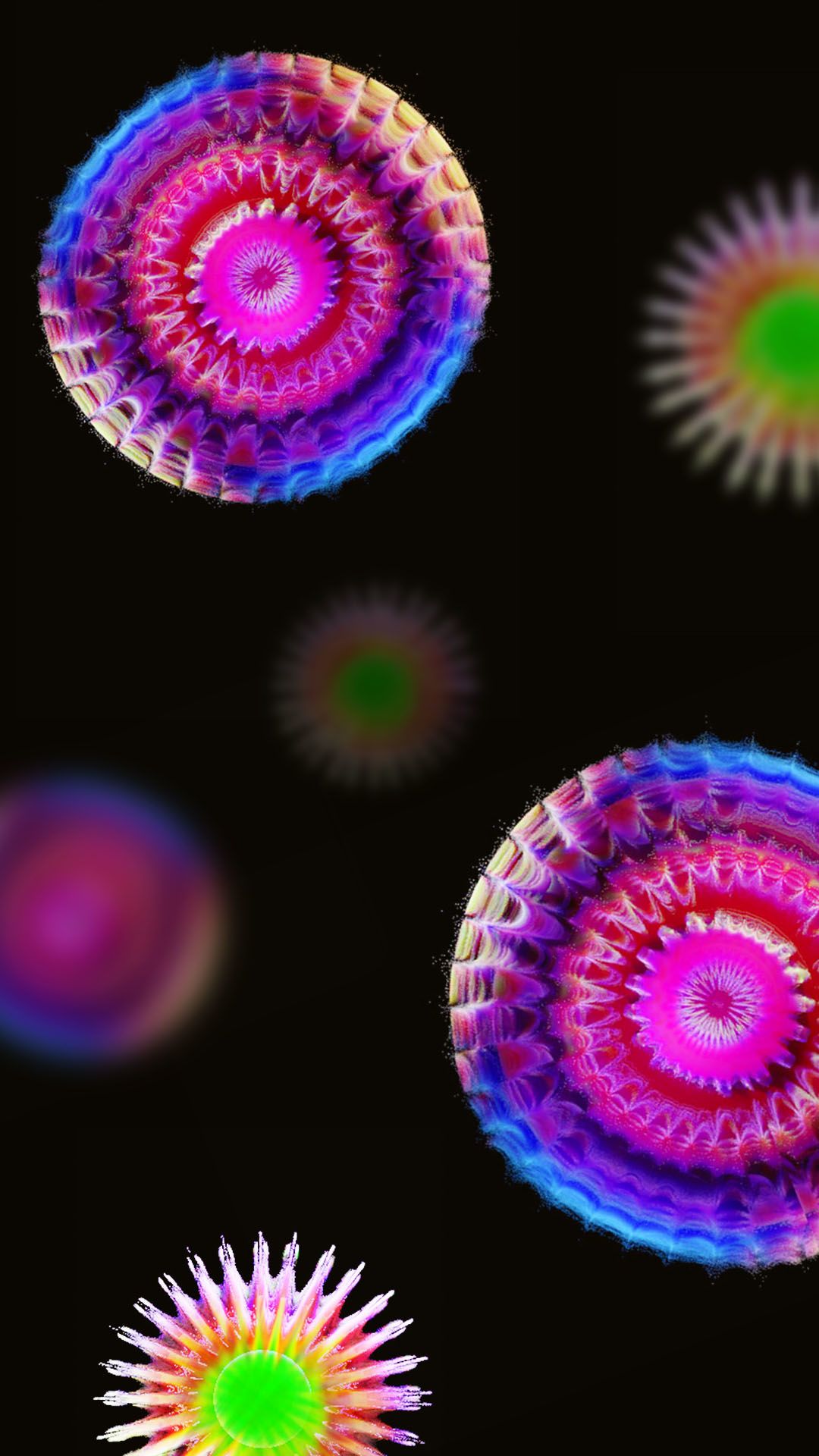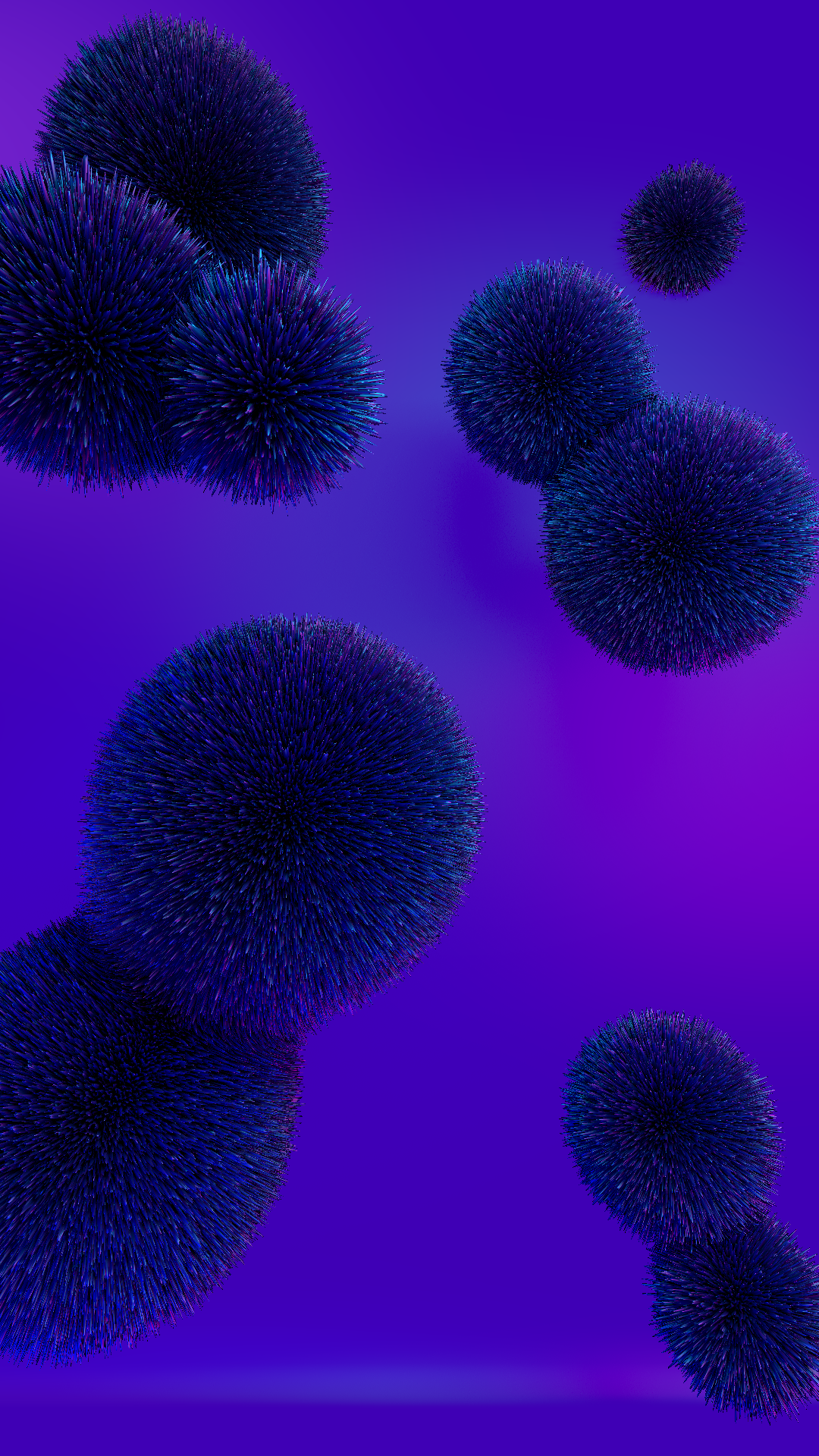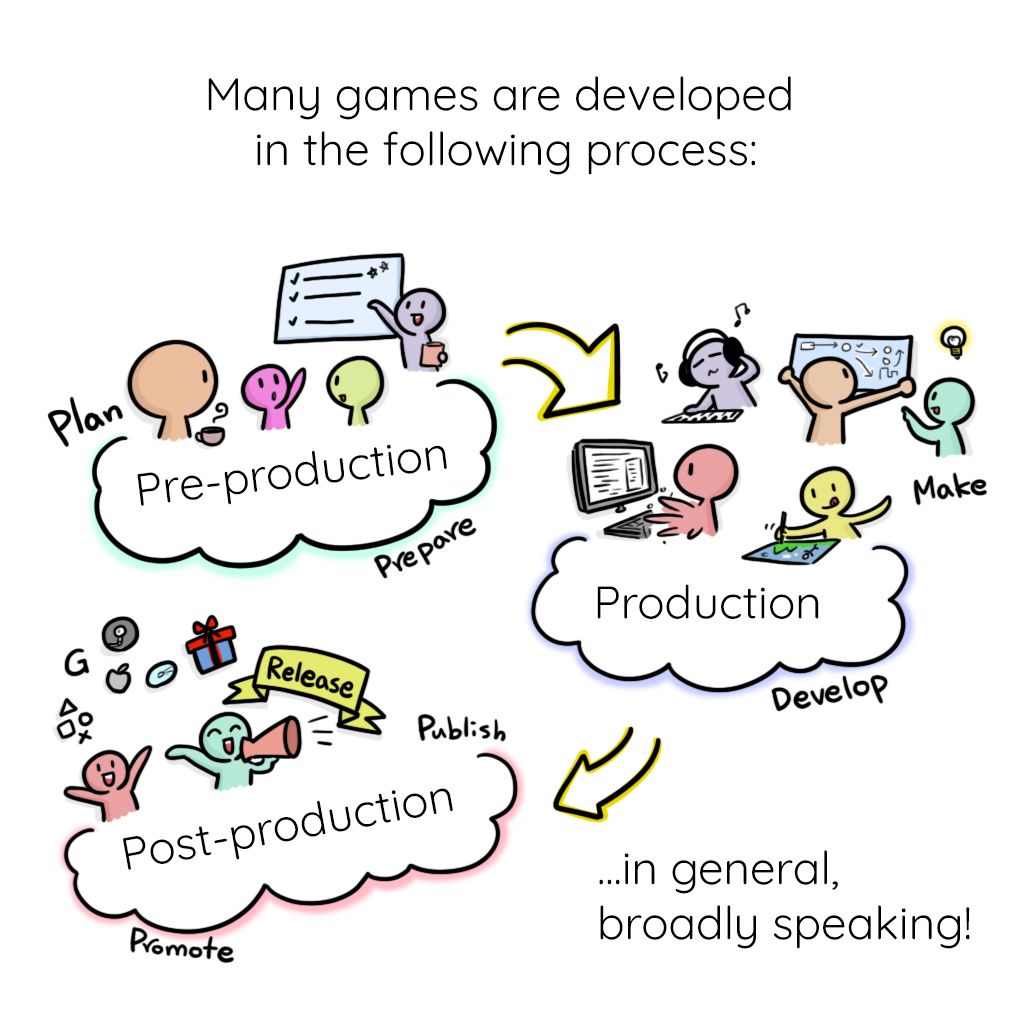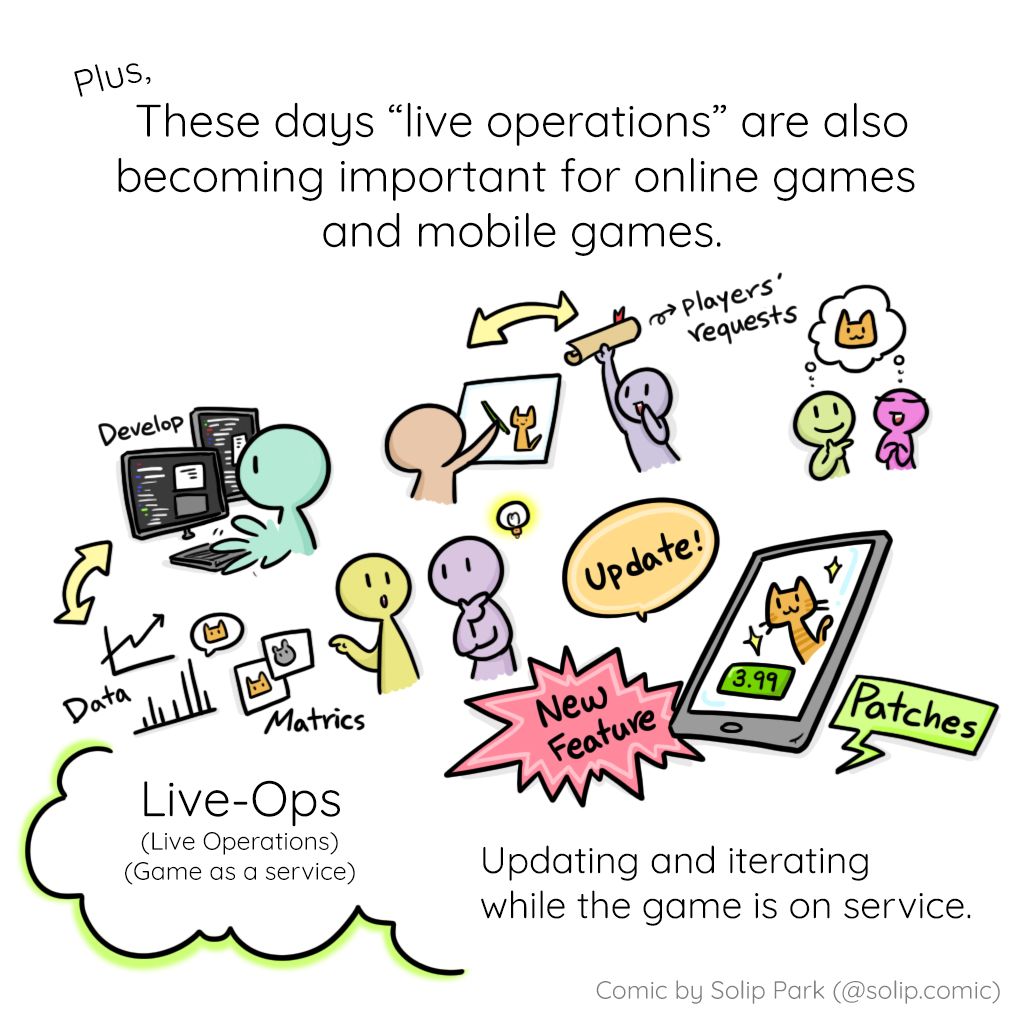The next gaming revolution

Our understanding of what gaming is tends to be fairly superficial. Beyond the confines of the for-profit gaming industry exists a diverse and thriving gaming culture offering virtually unlimited possibilities and potential.
Angry Birds, Clash of Clans, Max Payne, Alan Wake… When it comes to gaming, Finland, far-flung and tiny, definitely punches above its weight. In recent years, the financial papers have been full of reports of foreign investors keeping a very close watch indeed on the gaming industry in the hopes of spotting the next and highly original Finnish-made hit game. Gaming companies are invariably growth-oriented startups, and, for some time now, they’ve been billed as Finland’s “next Nokia”. The industry is busy creating a new-look working culture characterised by trust, openness and transparency. Even the millionaire CEOs are happy to pay their taxes like the rest of us.
Game Designer Jenni Varila working on the Wakey-Wakey Wonders game. Video by Mortti Saarnia
So far, so positive, and definitely something to be proud of. But in actual fact, current media coverage of the industry tends to be rather one-sided. What is being left out? What are we missing out on?
“We tend to view gaming through a fairly narrow lens,” game scholar Annakaisa Kultima says. “Humankind has been playing all kinds of games for thousands of years, but when we talk about gaming today, we tend to mean digital games only. Even within the industry itself, the prevailing attitude used to be that game design wasn’t a proper job. Then Rovio, Remedy and Supercell came along and changed all that. It’s definitely common knowledge by now that gaming is very big business indeed. The downside of that is that you can’t talk about gaming without money coming into it too!”
Beyond the for-profit industry, and on its fringes, exists a gaming culture all of its own. Fascinating and diverse, it draws both professionals and keen amateurs. Let’s get off the beaten track and explore these less well known reaches of the gaming phenomenon.
Wakey-Wakey Wonders takes you to the mystic mountains with a creature named Aika. Her magic clock has the power of reviving nature, and her mission is to find the great sleepy wonders and wake them up. Idea & art: Jenni Varila; Art, character design, animation & cut scene illustrations: Tuisku Hiltunen; Game design: Abhishek Jaiswal; Code: Toni Pesola & Tomi Panula; Music: Lassi Vihko; Sound design: Philippe la Grassa. Made in Aalto University 2020 with Unity
Wakey-Wakey Wonders takes you to the mystic mountains with a creature named Aika. Her magic clock has the power of reviving nature, and her mission is to find the great sleepy wonders and wake them up. Idea & art: Jenni Varila; Art, character design, animation & cut scene illustrations: Tuisku Hiltunen; Game design: Abhishek Jaiswal; Code: Toni Pesola & Tomi Panula; Music: Lassi Vihko; Sound design: Philippe la Grassa. Made in Aalto University 2020 with Unity

The sky’s the limit. Or is it?
Games are a bit like websites; new ones are constantly popping up all around the world, covering seemingly an endless variety of topics and themes. There is no way of reliably listing all the games that exist or even where they might be found. To illustrate the scale of what is happening, around 200,000 apps, having passed Apple’s strict approval process, are added to App Store each month. The majority of these are classed as games.
The games on App Store, however, are just the tip of the iceberg, beneath the surface lurk many more, and more are constantly being created.
In other words, there’s an infinite number of games, and their possibilities are truly endless. So, what sort of games have people thought up thus far?
“There’s a genre for everyone,” Annakaisa Kultima says. “The games cover everything from education, exercise, health and wellbeing to ADHD, rehabilitation and mental health. One designer created a game about losing your child to help people cope with a tragedy of that magnitude.”
Politics and activism form part of the mix too. There’s a game for finding a solution to the Israeli-Palestinian conflict and even the Iranian Revolution of 1979 is covered. “During the Finnish local elections in 2021, I came across something pretty unusual. One of the candidates running for Tampere mayor had created a game called Kale 2.0, which he used to showcase his policies in a virtual setting.”
Remember how it felt to be lost as a child? Play & find mom in Gone Mom game by Emmi Kärnä, Laura Rantonen, Jenni Varila, Barbara Leal, Vili Saarenpää, Virpi Väinölä.
Remember how it felt to be lost as a child? Play & find mom in Gone Mom game by Emmi Kärnä, Laura Rantonen, Jenni Varila, Barbara Leal, Vili Saarenpää, Virpi Väinölä.
Diverse and creative, games have successfully claimed their place in the worlds of art and digital culture. Gaming excels at interactivity and audiovisual storytelling as well as creating atmosphere and exciting new aesthetics. Digital games have significant overlap with other artistic genres, including cinema, and collaboration tends to lead to fresh and exciting results. In recent years, games have found their way into museum collections too, which means that in future there will be demand within our established arts institutions for curators and other professionals that understand this particular sector.
Esports is related to gaming but also draws on traditional sporting culture adding a distinctive twist of its own. It’s complemented by a streaming ecosystem, where the most successful athletes share their gaming experience live in front of a large online audience.
In Marmortal you have made a wish to an all powerful entity – the Ascended. However, the wish brought forth dire consequences, since now gargoyles are after you and want to turn you into stone. As a last resort you embark to the sacred tower where the wishes are granted to try undo yours. Marmortal team: Virpi Väinölä, Rolands Tiss, Adam Streicher, Magu, Navid Bayat, Kaan Ünlu, Elina Eskelinen, Lassi Vihko, Ivar Kerajärvi, Brandon Startz
Games and gamification are also a highly worthwhile topic for academic enquiry. Citizen science, the practice of public participation in scientific research, offers an excellent context for this. Annakaisa Kultima has been involved a project combining gaming and quantum physics.
“Games have always facilitated technological progress. Computers and mobile phones are what they are today thanks to gaming. Quantum computers are being developed at the Aalto campus as we speak and gaming art can really complement that process. A large number of gamers can help to tackle some of the scientific challenges involved in the development process, but conversely, having lots of non-scientists on board is always brilliant for science popularity. Ultimately, everyone will benefit. As quantum computers develop, they may well add whole new dimensions to gaming, and we may be able to experience highly detailed parallel realities or observe and investigate molecules from the inside.”

Royal Matchmaker is a social boardgame about love, social circles, and scheming. Play as a matchmaker, whose goal is to get the young protegées off to good marriages in the Royal Circles - the closer the Queen, the better. Here's a sneak peak of the card art of debutants! The game is still under development, for more information follow @royalmatchmaker. Idea by Emmi Kärnä, Art lead Jenni Varila, Assets Juhana Sarkki, Historians Enni Hiltunen & Juuso Jääskeläinen
Royal Matchmaker is a social boardgame about love, social circles, and scheming. Play as a matchmaker, whose goal is to get the young protegées off to good marriages in the Royal Circles - the closer the Queen, the better. Here's a sneak peak of the card art of debutants! The game is still under development, for more information follow @royalmatchmaker. Idea by Emmi Kärnä, Art lead Jenni Varila, Assets Juhana Sarkki, Historians Enni Hiltunen & Juuso Jääskeläinen
Game makers
In the gaming world, everything is possible and everything imaginable is already being tried. That’s why Annakaisa Kultima herself is less interested in end uses for digital games, as inventive and useful as they can be. The opportunities are truly endless, after all. Instead, her research is focused on who is creating the games. What are the rules that govern this particular activity, and who is able to access jobs within the sector?
“Game design is not just about coding. It’s obviously a huge part of the entertainment side of gaming and the products that the gaming giants create, but it’s not a be all and end all. The great thing about digital games is that there are lots of free programmes for creating them and all the knowledge and skills you need to run them can be picked up online. My feeling is that, in the future, game design will be one of those skills that everyone is going to have. It will be a bit like PowerPoint presentations and Excel spreadsheets are now. We’ll all have the skills to create fairly straightforward games. They’re an effective and creative way of sharing information in an interesting and accessible way.”
ValoClimb is the world’s first interactive Augmented Reality climbing system that now makes people move at hundreds of locations in dozens of countries. ValoClimb was originally developed at Perttu Hämäläinen’s game research group at Aalto University. The research was followed by a successful commercialization by Valo Motion Ltd., a spin-off company headed by Dr. Raine Kajastila.
How could academics expand their own understanding and that of their students through mini-games they themselves have devised? What role could digital games play in teaching? And could media outlets make use of games embedded in textual content as part of their wider visual narrative? And what impact would this sort of expansion of gaming’s remit have on our thinking?
“Games have traditionally been considered fairly low status as people tend to perceive them as a form of entertainment,” Annakaisa Kultima explains. “We can change that if we start to employ games in different contexts. And as our understanding of what games are capable of grows, so does our responsibility around them. Lots of work is being done of the ethics of games and gaming already. This matters because it’s a fairly new industry with little in the way of regulation.
According to current estimates, there are a few thousand active game designers in Finland at the moment. This figure includes both professionals and amateurs. A distinctive feature of the Finnish gaming scene is that the community embraces everyone, regardless of status or genre. The culture is exceptionally open with plenty of dialogue, and there are lots of opportunities for people to get involved, although the resources available are certainly limited. The question is, could the community that so far has produced a string of hit games also spark the next gaming revolution?
DEEP is an exclusive VR diving experience that will take you to the quiet deep waters of the icy sea. Team: Markus Laattala (Creative lead, game design, programming, 3D modeling), Abhishek Jaiswal (Game design, programming), Jenni Varila (Concept art, 3D modeling, identity), Philippe La Grassa (Sound design).
DEEP is an exclusive VR diving experience that will take you to the quiet deep waters of the icy sea. Team: Markus Laattala (Creative lead, game design, programming, 3D modeling), Abhishek Jaiswal (Game design, programming), Jenni Varila (Concept art, 3D modeling, identity), Philippe La Grassa (Sound design).

Annakaisa Kultima
Annakaisa 'Aakoo' Kultima is a game scholar at Aalto School of Arts, Design and Architecture and a designer of playful things. She's the co-founder of Finnish Game Jam & part of the founding team of The Finnish Museum of Games.
Annakaisa Kultima has been teaching and studying game design and development since 2006 in several universities in Finland and Sweden as well as toured as a visiting lecturer around the world including universities in US, China, Denmark, South Korea and Japan. Kultima is an active member of the game ecosystem in Finland and internationally: she is working as a judge in several game competitions, running and participating game jams as well as curating exhibitions on games.

Photo: Jonne Renvall
Photo: Jonne Renvall





